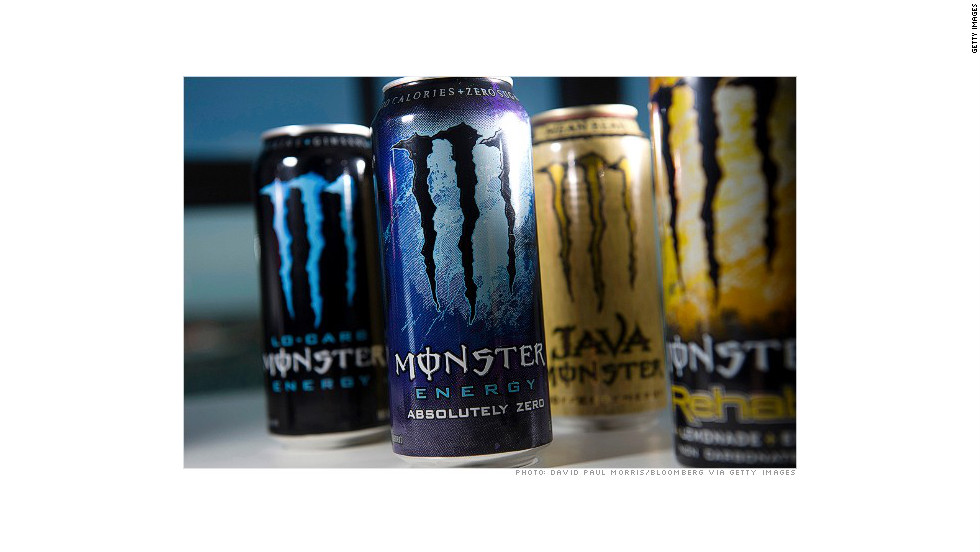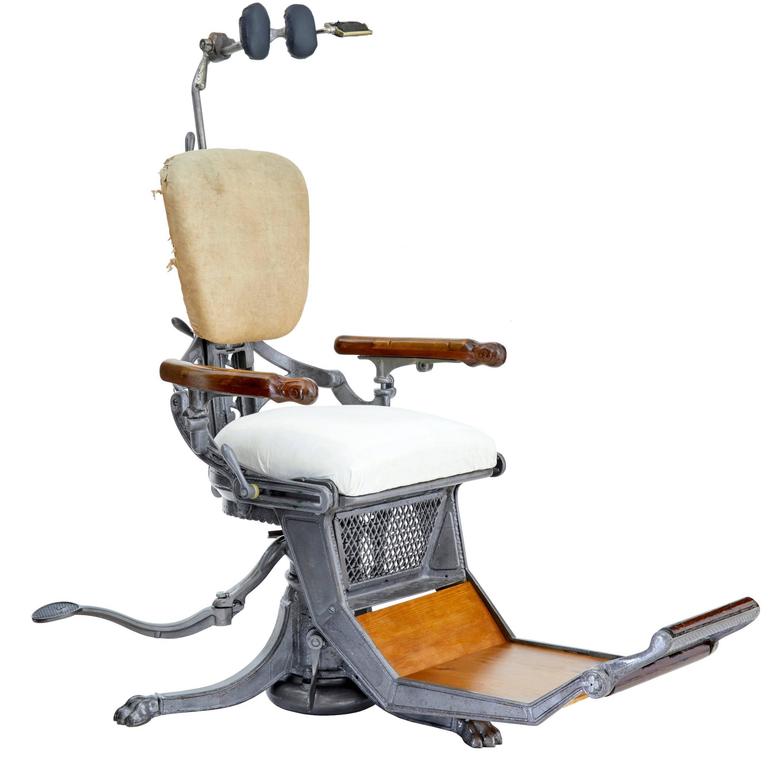Dr. Bob's Mouthly Report
Energy drinks may have unintended health risks
by Robert Glisci, DDS, PC on 05/31/19

Energy drinks may promise a boost, but experts are increasingly concerned that their cocktails of ingredients could have unintended health risks.
A study published Wednesday in the Journal of the American Heart Association found that caffeinated energy drinks altered the heart's electrical activity and raised blood pressure.
The extent of these electrical changes -- which signal the heart's chambers squeezing and relaxing -- is "generally considered mild," according to study author Sachin Shah, a professor of pharmacy at the Thomas J. Long School of Pharmacy and Health Sciences at the University of the Pacific. However, people who take certain medications or have a specific type of heart condition could be at increased risk of a fatal arrhythmia, or irregular heartbeat, he added.
"Unlike drugs, supplements and consumer products do not necessarily get tested for safety," Shah said in an email.
The American Beverage Association stands by the safety of energy drinks, indicating that many of their ingredients are also found in common foods and have been rigorously studied for safety.
But health experts like the World Health Organization say they "may pose danger to public health." Children "should not consume" them, cautions the American Academy of Pediatrics.
Still, the global energy drink market continues to grow. It was worth $39 billion in 2013 and is forecast to reach $61 billion by 2021.
So what exactly is inside these drinks, and how do they impact your body?
Read more at CNN
The global dental equipment market size is expected to reach USD 10.47 billion by 2025
by Robert Glisci, DDS, PC on 05/31/19

The global dental equipment market size is expected to reach USD 10.47 billion by 2025. It is anticipated to expand at a lucrative CAGR of 4.5% over the forecast period. Key factors attributed to the growth include increasing demand for dental procedures owing to prevalence of dental disorders and rising awareness and demand for preventive, restorative, and surgical services for dental care.
Moreover, favorable government initiatives regarding dental hygiene is also a significant factor responsible for driving the market. Due to increasing number of initiatives, there is an increase in awareness regarding dental hygiene leading to increasing adoption of dental treatments, which in turn is anticipated to drive the market for dental equipment over the forecast period.
Dental equipment are classified on the basis of product into dental radiology, dental lasers, systems and parts, laboratory machines, hygiene equipment, and others. The systems and parts segment held the leading market share of 39.9% in 2018 and is anticipated to grow at a lucrative pace over the forecast period. The segment is further classified into instrument delivery systems, vacuums and compressors cone beam CT systems, cast machines, furnace and ovens, CAD/CAM, and electrosurgical equipment. The CAD/CAM sub-segment led in 2018 owing to the technological superiority of these equipment over traditional die casting techniques.
North America led with a market share of 29.6% in 2018. Some of the key reasons attributed to the high share include technological advancements, rising demand for dental surgeries, growing geriatric population, and increasing number of dentists and dental clinics. On the other hand, Asia Pacific is expected to expand at the fastest CAGR of 4.9% over the forecast period. Constantly developing healthcare infrastructure and increasing healthcare expenditure coupled with the presence of high unmet medical needs are expected to serve this market as high-impact rendering drivers.
Few significant companies venturing in the market include, Denstply International Inc.; A-Dec Inc.; Planmeca Oy; Sirona Dental Systems Inc.; Patterson Companies Inc.; Straumann; GC Corporation; Carestream Health Inc.; Biolase Inc.; Danaher Corporation; and 3M.
Read more at Cision
Study suggests e-cigarette flavorings may pose heart risk
by Robert Glisci, DDS, PC on 05/31/19
WASHINGTON (AP) — E-cigarettes aren’t considered as risky as regular cigarettes, but researchers have found a clue that their flavorings may be bad for the heart.
Longtime smokers who can’t kick the addiction sometimes switch to e-cigarettes, in hopes of avoiding the cancer-causing chemicals in tobacco smoke.
But cigarette smoking doesn’t just cause lung cancer. It’s a leading cause of heart attacks, too, and little is known about e-cigarettes and heart disease. Chemicals in the inhaled vapor may pose unique risks that are important to understand, especially as more and more teens take up vaping.
Vaping and some flavorings, even without nicotine, triggered blood vessel dysfunction that can increase the risk of heart disease, the researchers reported in the Journal of the American College of Cardiology.
Cinnamon and menthol seemed the most toxic. But overall, cells showed signs of damage and were inflamed, less able to form new blood vessels or heal wounds.
Read more at AP
U.S. Reviews CBD Amid Pressure to Act Quickly
by Robert Glisci, DDS, PC on 05/31/19

The U.S. Food and Drug Administration will hold its first public hearing Friday into how it should regulate CBD products, and it may end up limiting how much of the cannabis compound can be included in food and drinks.
Cannabidiol, the formal name for CBD, is rapidly becoming a hot wellness trend following the legalization of hemp in the U.S. in December. Mainstream retailers like CVS Health Corp. already sell CBD creams, sprays and lotions but the substance hasn’t yet been approved for use in food and drinks by the FDA. Unlike its cousin THC, CBD doesn’t give users a high. Instead, it’s pitched as a natural way to fight ailments like insomnia, inflammation and anxiety.
That hasn’t stopped restaurants like burger chain Carl’s Jr. from selling CBD-infused food, as there has been little enforcement.
“From the CBD companies’ perspective, if they don’t keep pushing forward they’re going to miss their window of opportunity to gain market control,” said Robert DiPisa, co-chair of the cannabis law group at New Jersey-based firm Cole Schotz. “As an attorney, I try to read everything that the FDA is putting out, I try to gather as much information as possible to guide them in the best direction I can, but the truth of the matter is everyone is running blind right now.”
Read more at Bloomberg
U.S. Dentists Prescribe 37 Times More Opioids Than in England: Study
by Robert Glisci, DDS, PC on 05/31/19
FRIDAY, May 24, 2019 (HealthDay News) -- Despite the nation's opioid epidemic, U.S. dentists are far more likely to prescribe addictive opioid painkillers than their British counterparts, a new study reveals.
In 2016, American dentists wrote 37 times as many opioid prescriptions as British dentists: 1.4 million versus 28,000.
And while 22% of all prescriptions from American dentists were for opioids, that figure was 0.6% in England. Dentists are one of the most frequent prescribers of opioids in the United States, second only to family practitioners, according to the study.
"We have all probably had the experience of a terrible toothache," said lead author Katie Suda, an associate professor of pharmacy at the University of Illinois in Chicago. "But all dentists treat pain worldwide, so we would not expect a large difference in which pain medication is prescribed, and our results show that U.S. dentists prescribe opioids more frequently than is likely needed."
Read more at HealthDay